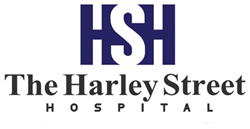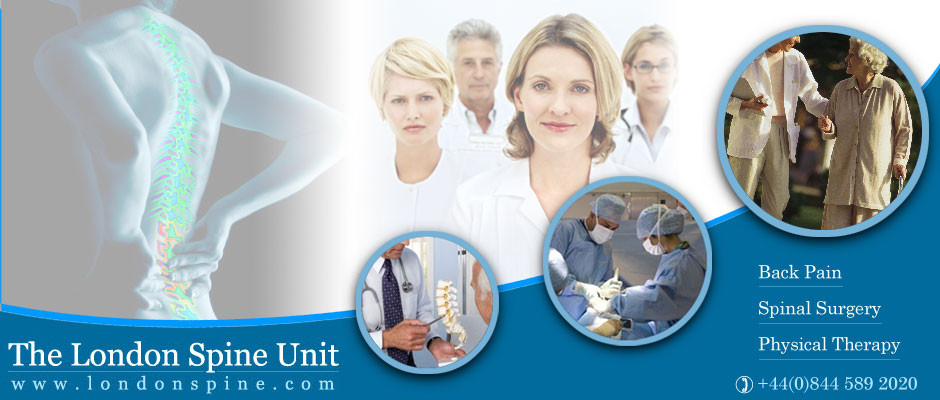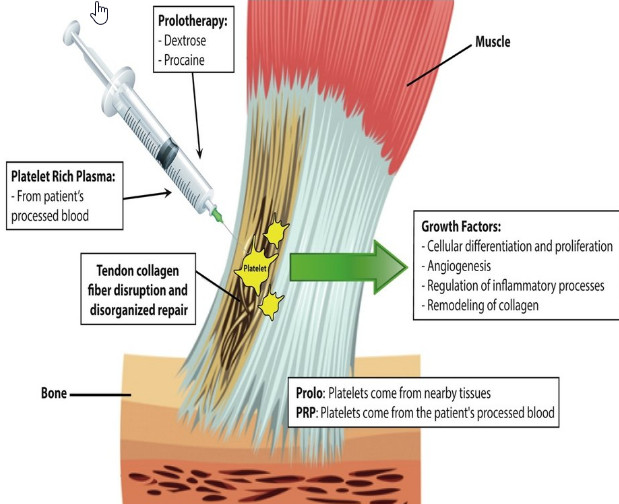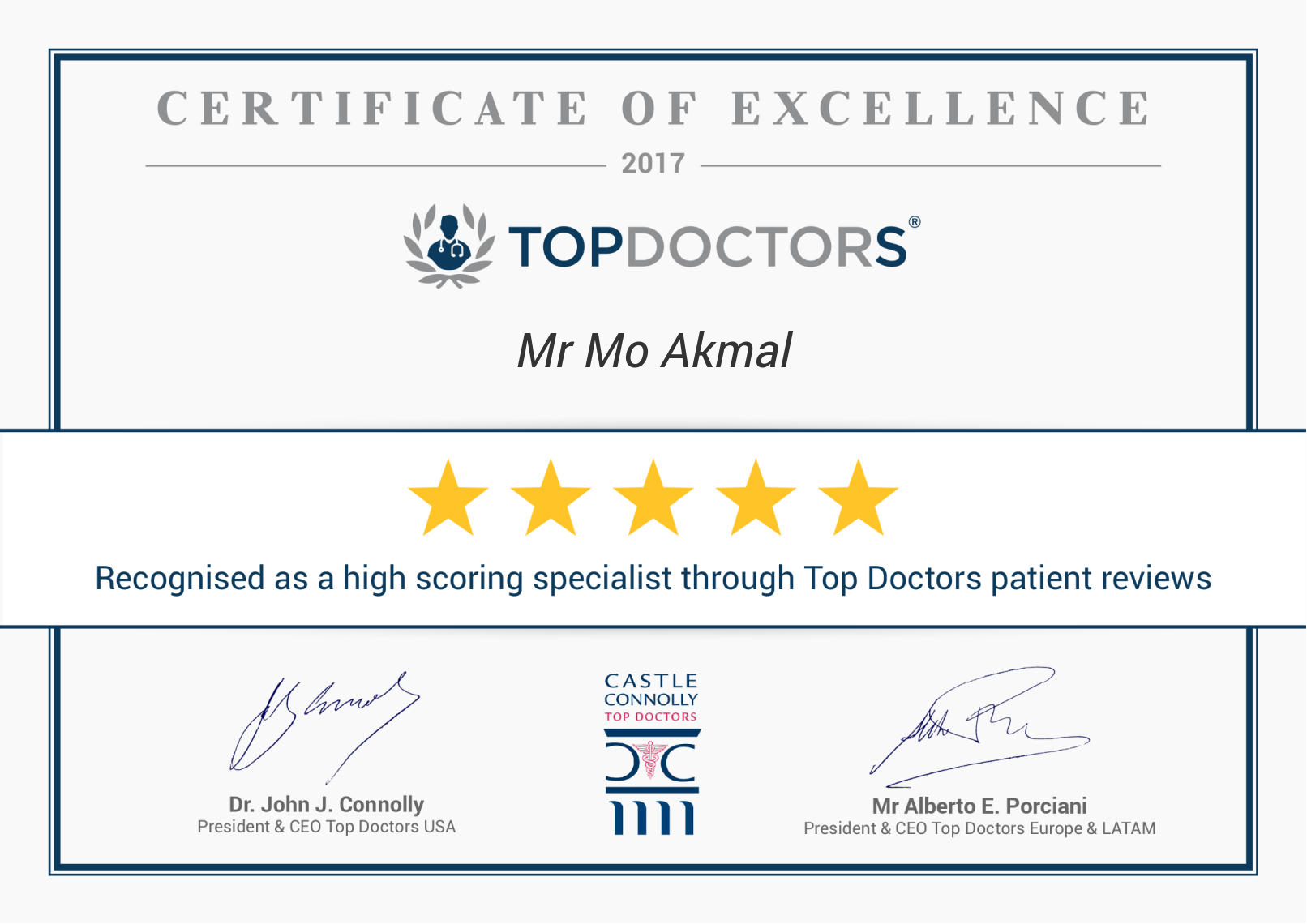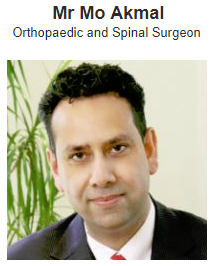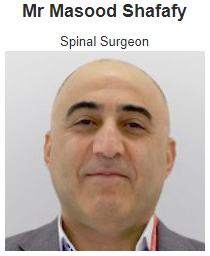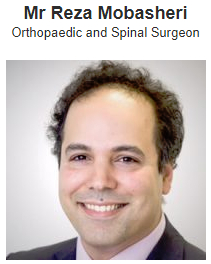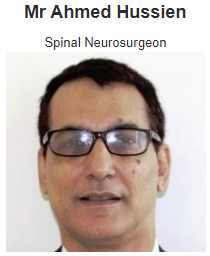There is no consensus on the definition of PRP. Some researchers have suggested that PRP should be understood as the fraction with platelet concentration 3 to 5 times higher than the normal level. However, the most defended definition at the present time is that which characterizes it as a volume of autologous plasma containing a platelet concentration higher than the basal level (150,000-350,000/l).
Depending on the system used, the concentration of platelets, leukocytes, and growth factors of the preparation will vary.
Consequently, the PRP nomenclature encompasses the different fractions that can be obtained in function of the used method: preparation rich in growth factors, plasma rich in platelets and growth factors, platelet-rich plasma, platelet-poor plasma and rich in leukocytes, platelet-rich and poor in leukocytes.
Mechanism of action
The PRP owes its therapeutic effect to the role of platelets in the healing process and repair of a tissue wound. There are distinguished 3 phases: inflammation, proliferation, and remodeling, in which all the Growth Factors contained in the PRP intervene. Platelets play an important role by functioning as a carrier vehicle for growth factors and of other proteins contained in their alpha granules. These substances will be concentrated and deposited in the place of the wound, exposing and orienting a physiological concentration of proteins that will intervene accelerating and favoring the repair and regeneration process.
The PRP plays a powerful osteoinductive role, being able to accelerate the consolidation of fractures or integrate quickly and efficiently different types of bone implants. It should be noted that the PRP has a place in other fields such as dental and maxillofacial surgery, orthopedics, otorhinolaryngology, plastic surgery, neurosurgery, and periodontics.

